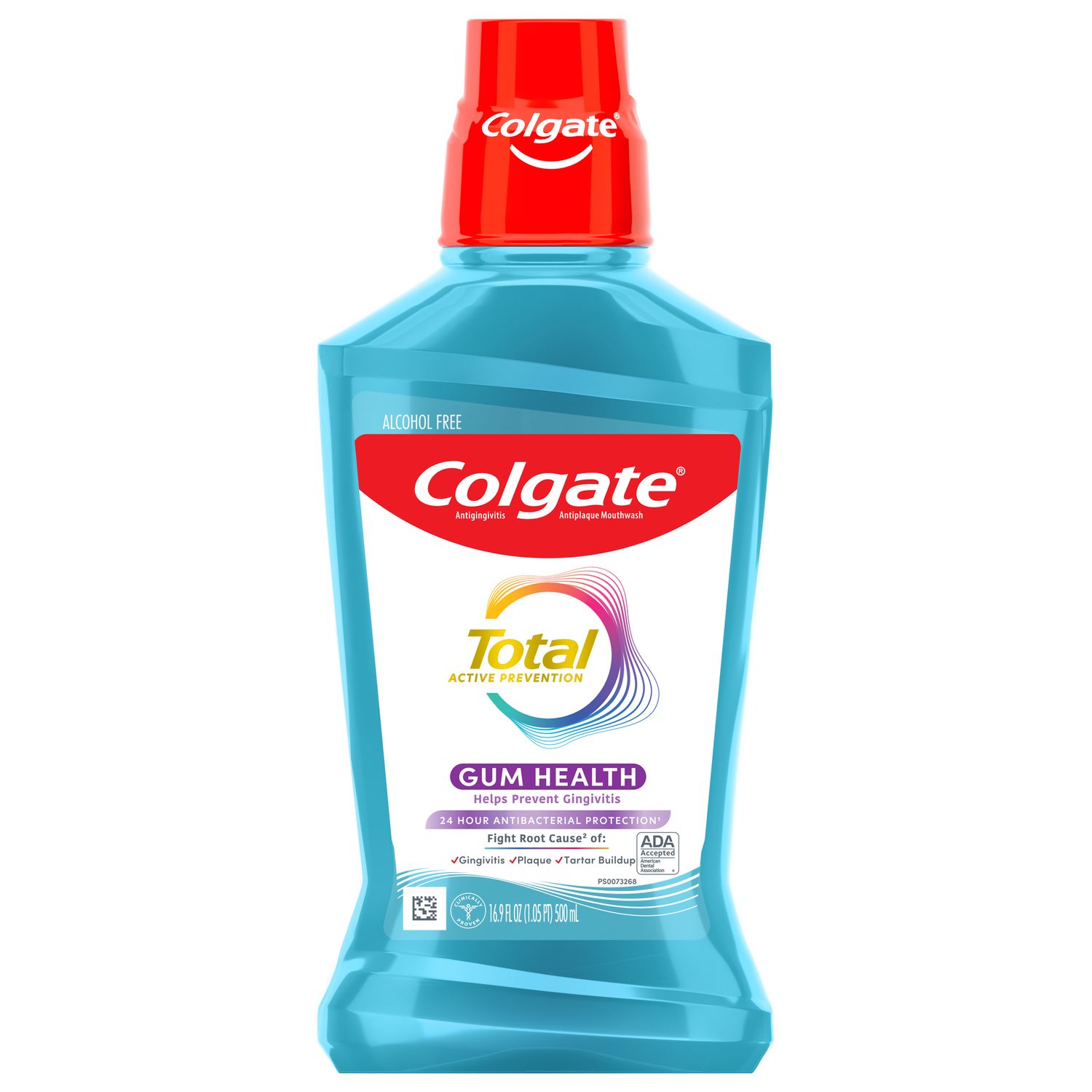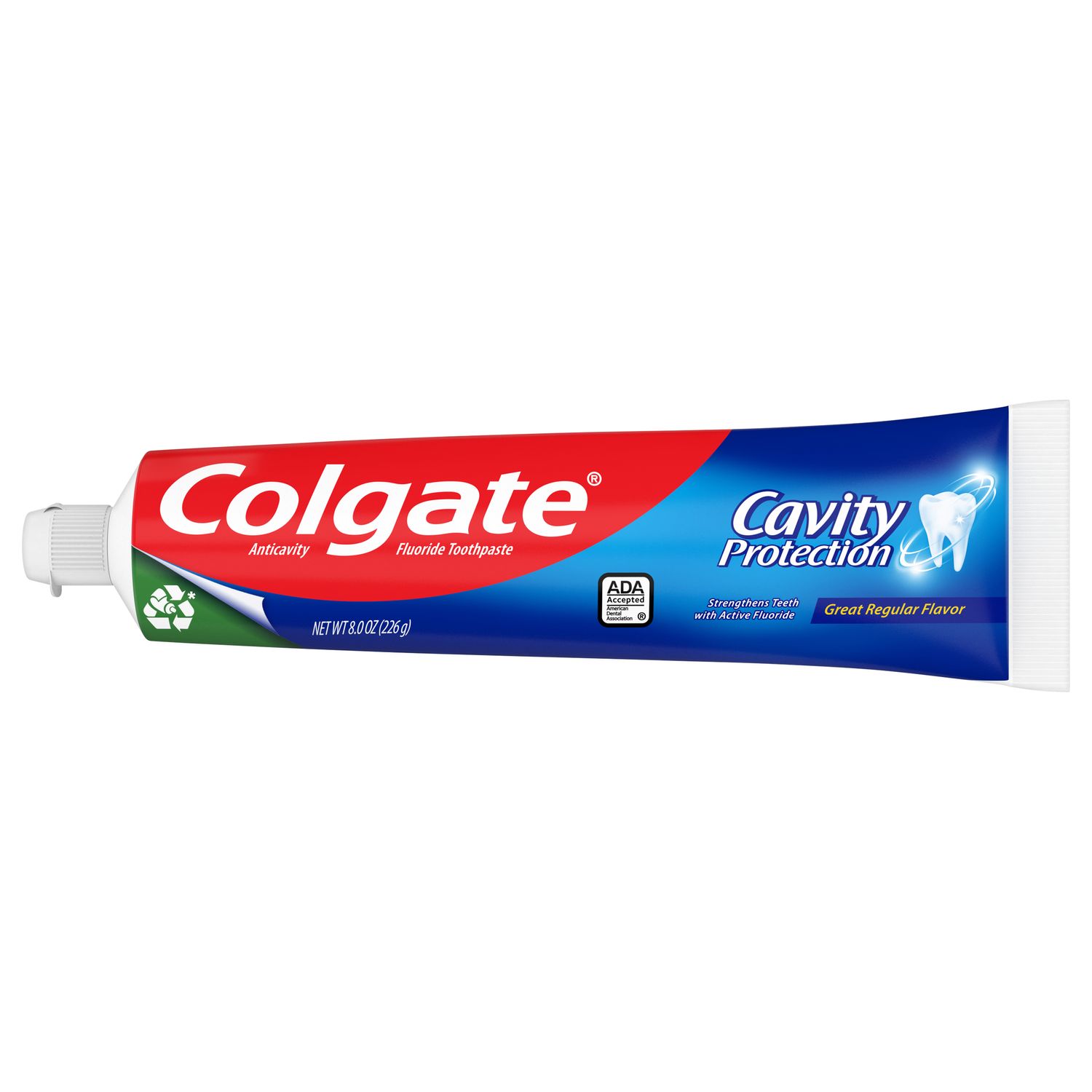Dental professionals have a few etching variations to choose from that successfully bond existing tooth structures with restoration, whether it be a crown, a filling, or a veneer. If you're curious about every step of your dental restoration process, then it's only natural to be curious about dental etching. Let's go over what etching does to a tooth, the types of acid etching used in dentistry, and what the recovery process is like.
What Does Etching Do to a Tooth?
Just as you might sand the varnish off a smooth wooden table before you paint it a new color, the etching process makes a tooth surface rougher, so the attached dental material is more secure. Microscopically, etching dissolves some of the minerals in the enamel and dentin, the two outer layers of your teeth. This steady erosion creates rough features called "tags and tunnels" that can better absorb bonding resin chemically and physically lock it into place on the enamel and dentin surface.
The acid itself is usually a 30 to 40 percent phosphoric acid gel colored to make it visible on your tooth. Your dental professional will leave the gel on your tooth's surface for about 15 to 30 seconds, and the erosion it creates gives the smooth enamel surface a frosty appearance. The bonding material is "cured" with a special light of a specific wavelength. The final step in the process involves filling or adhesive material to be placed on top of the bond in layers. Each layer is cured until your dental professional finishes the final shape of your restoration.
Acid etching in dentistry is an effective way to bond different types of restorations to enamel or dentin. The "smear layer" of organic and inorganic material on a tooth, which results from cavity prep, makes for a less than ideal surface for bonding. Because of the need to "disrupt" this smear layer, acid etching began in the 1970s and 1980s.
Acid Etching Techniques
Depending on the procedure and the size of your dental restoration, there are three basic etching techniques that your dental professional may use. The material of your crown or veneer, such as zirconia or porcelain, may also influence which etch technique your dentist uses. The three primary methods are as follows:
Recovery
Each technique has its benefits and drawbacks. The most common complication of any etching technique is post-operative sensitivity. Sensitive teeth will be noticeable for a few days or weeks, depending on how deep the preparation is. However, your dental professional will help prepare you for the procedure and minimize any potential post-op sensitivity. Your dentist will add a coat of desensitizing fluid after the acid etching process and before the bonding layer to prevent future discomfort.
Your candidacy for dental etching will be up to your dental professional, as it will depend on your unique case of dental restoration. Remember, when it comes to restorations, understanding how best to care for them and your overall oral health is the most important thing. Maintaining a rigorous oral care routine can help you avoid the need for restorations in the first place! By brushing your teeth twice a day and cleaning between your teeth with floss, a water flosser, or another interdental cleaning device once a day, you're significantly improving the chance of never even having to think about acid etching!
This article is intended to promote understanding of and knowledge about general oral health topics. It is not intended to be a substitute for professional advice, diagnosis or treatment. Always seek the advice of your dentist or other qualified healthcare provider with any questions you may have regarding a medical condition or treatment.
ORAL HEALTH QUIZ
What's behind your smile?
Take our Oral Health assessment to get the most from your oral care routine
ORAL HEALTH QUIZ
What's behind your smile?
Take our Oral Health assessment to get the most from your oral care routine















